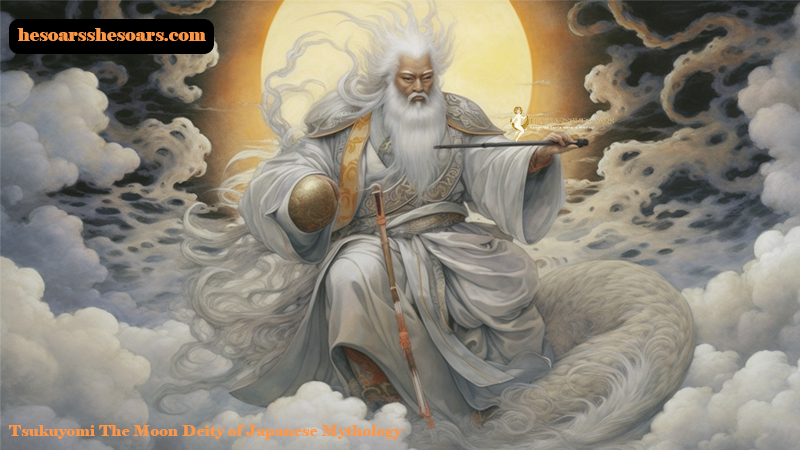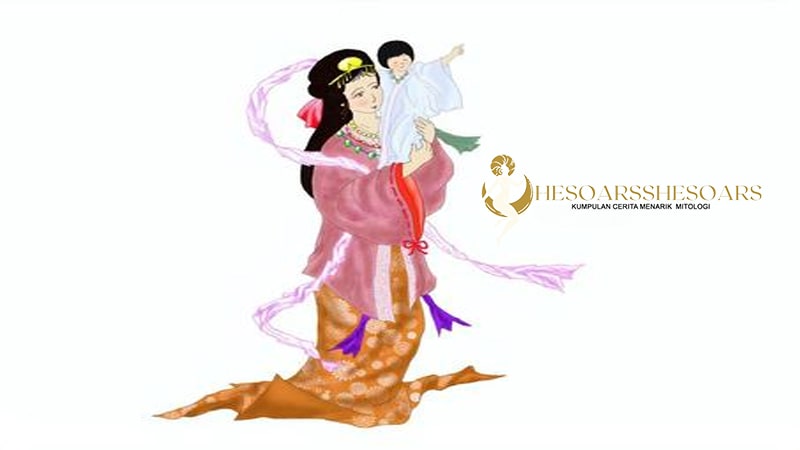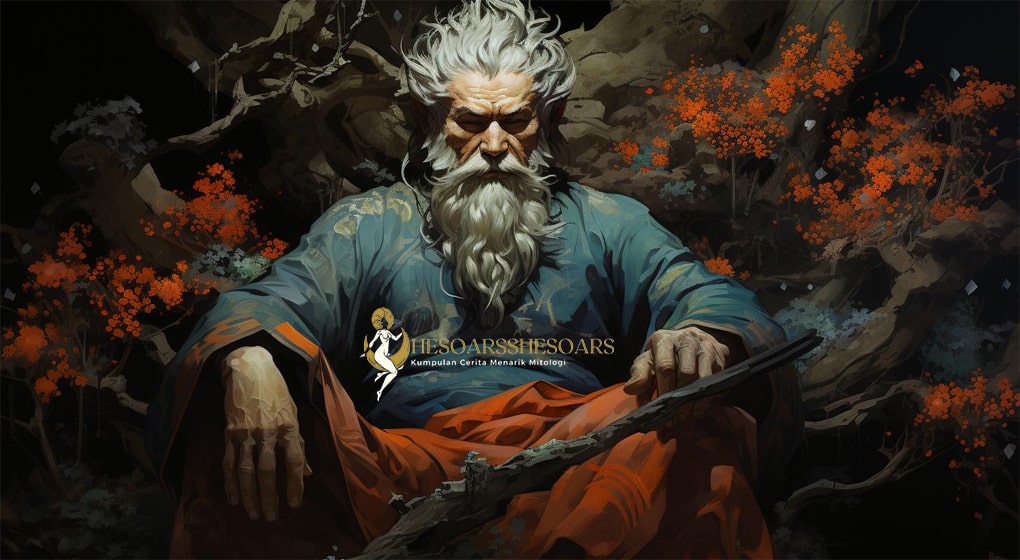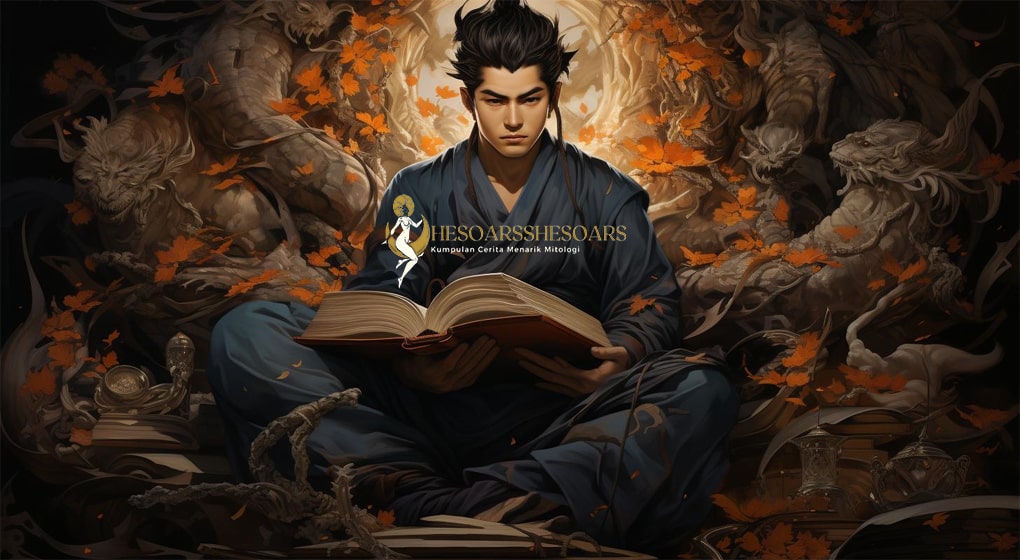In the vast tapestry of world mythologies, Japanese legends stand out with their intricate stories and captivating deities. Among these is Tsukuyomi The Moon Deity, the moon god, whose tales have influenced generations and remain integral to Japanese cultural narratives.
Origins of Tsukuyomi The Moon Deity
Tsukuyomi-no-Mikoto, commonly known as Tsukuyomi, is one of the principal deities in Shintoism, the indigenous religion of Japan. According to Japanese cosmogony. He was born from the right eye of the primordial god Izanagi, while his sister, the sun goddess Amaterasu, was born from Izanagi’s left eye. His brother, the storm god Susanoo, emerged from Izanagi’s nose.
After their birth, Izanagi entrusted Amaterasu with the heavens and Tsukuyomi with the dominion of the night and the moon. This division of realms between the siblings symbolized the ancient Japanese understanding of the balance between day and night.
Tsukuyomi The Moon Deity and Uke Mochi
One of the most well-known tales associated with Tsukuyomi revolves around the food goddess, Uke Mochi. In this story, Amaterasu sends Tsukuyomi to represent her at a feast hosted by Uke Mochi. The way Uke Mochi prepares the feast is peculiar: she turns to the ocean and spits out fish, faces the forest and vomits game, and finally, turns to a rice paddy and coughs up a bowl of rice.
Although the banquet was plentiful and the food delicious. Tsukuyomi was offended and disgusted by Uke Mochi’s uncouth methods of food preparation. In a fit of rage, he drew his sword and killed her. This violent act created a rift between Tsukuyomi and Amaterasu. The sun goddess, saddened by the death of Uke Mochi and furious at her brother’s impulsive brutality. Chose never to face him again, thus explaining the separation of day and night.
Symbolism and Interpretation
Tsukuyomi’s narrative provides insights into ancient Japanese values and perceptions:
- Harmony and Balance: The birth of Tsukuyomi and Amaterasu from Izanagi’s eyes indicates a sense of balance. Day and night, sun and moon, male and female – these dualities maintain equilibrium in the universe.
- Moral Code: Tsukuyomi’s violent reaction to Uke Mochi’s food preparation signifies the importance of propriety and decorum in ancient Japanese society. The tale serves as a caution against impulsiveness and the consequences of letting emotions overpower reason.
- Separation of Realms: The distinct dominions of the Shinto deities underscore the Japanese understanding of natural phenomena. The tale of Amaterasu and Tsukuyomi explains the cyclical nature of day turning into night and vice versa.
Legacy of Tsukuyomi The Moon Deity
The figure of Tsukuyomi has left a lasting imprint on Japanese culture:
- Festivals: Several Shinto festivals celebrate the deities of Japanese mythology, with Tsukuyomi being a significant figure in moon-viewing ceremonies.
- Art and Literature: Tsukuyomi’s legends have inspired various art forms, from traditional Noh and Kabuki plays to contemporary anime and manga.
- Astronomy: Japan’s exploration rover sent to the moon was named “Hiten,” translating to “flying to the heavens,” drawing from legends of celestial deities like Tsukuyomi.
Conclusion
Tsukuyomi, with his enigmatic tales, embodies the complexities and intricacies of Japanese mythology. As the god of the moon, he not only represents the celestial sphere but also offers profound insights into human nature, societal norms, and the philosophical underpinnings of ancient Japan. In the interplay of darkness and light. Tsukuyomi’s stories remind us of the delicate balance that governs nature, the universe, and human life.




